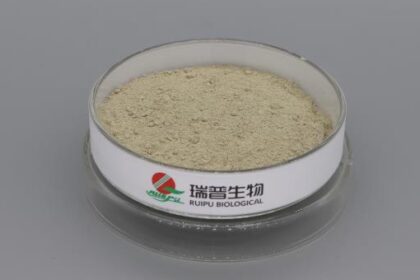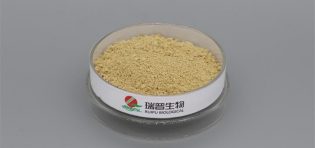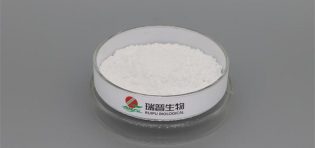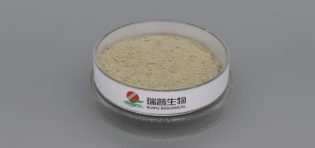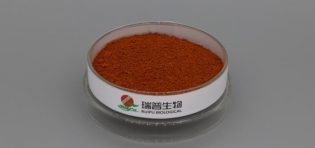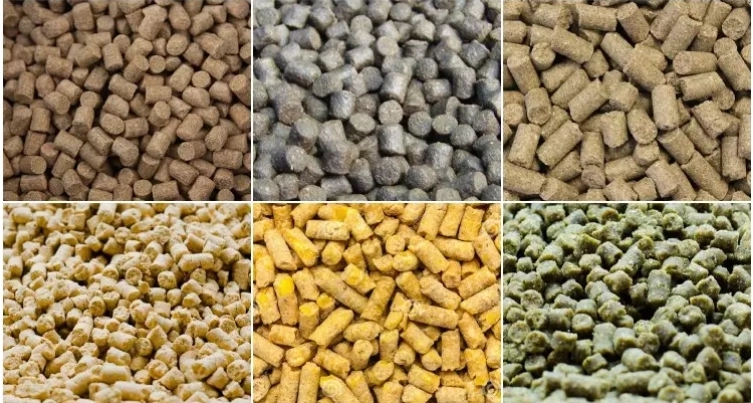
Optimizing the use of vitamin premix in animal feed is a multifaceted issue that involves several aspects. Here are some specific optimization measures:
1. Ensuring Stability and Effectiveness of Vitamin Premix
Controlling Moisture Content:
The stability of vitamins in premixes is significantly affected by moisture. Studies show that keeping the moisture content below 7% can effectively enhance the utilization rate of vitamins. Therefore, moisture content should be strictly controlled during production and storage to prevent the premix from becoming damp.
Controlling Storage Temperature and Time:
Temperature is a crucial factor affecting vitamin stability. At indoor temperatures of 15°C-25°C, some less stable vitamins (such as vitamins A and C) may degrade; most vitamins are destroyed when the temperature exceeds 30°C. Thus, the storage temperature of the premix should be kept below 15°C, ideally not exceeding 25°C, and storage time should be minimized. The loss rate of vitamins increases with extended storage time.
Avoiding Light Exposure and Oxidation:
Light and oxidation accelerate the degradation of vitamins. Therefore, during storage and transportation, direct sunlight should be avoided, and packaging materials with good sealing properties should be used to reduce oxygen exposure.
2. Scientific Proportioning and Addition
Accurate Measurement:
Vitamins in the premix are precisely measured and mixed uniformly, ensuring that livestock and poultry receive the appropriate amount of vitamins, avoiding excess or deficiency.
Considering Livestock and Poultry Species and Growth Stages:
Different species and growth stages have varying nutritional requirements. Thus, when using vitamin premixes, it is essential to understand the natural ecology, nutritional metabolism characteristics, and nutrient acquisition capabilities of the livestock and poultry to scientifically determine the types and amounts of vitamins to be added.
Avoiding Direct Contact with Minerals and Trace Elements:
Trace elements (such as copper, iron, and zinc) can cause redox reactions, damaging the stability of vitamins. Therefore, these elements should not be directly added to the vitamin premix, or appropriate isolation measures should be taken.
3. Rational Use of Additives
Enzyme Additives:
Enzymes can break down resistant substances in feed, improving the digestive and absorption rate of feed in animals, indirectly enhancing vitamin utilization.
Microbial Additives:
Microbial additives can increase the number of beneficial bacteria in the gut, promoting the digestion and absorption of feed and aiding in the absorption and utilization of vitamins.
4. Improving Feeding Methods
Timely and Appropriate Feeding:
Feeding animals timely and adequately according to their physiological needs prevents excessive hunger and overfeeding, ensuring animals can sufficiently intake the required vitamins.
Keeping Feed Fresh:
Ensuring the freshness and hygiene of the feed and avoiding the use of expired or spoiled feed is crucial.
Providing Sufficient Water:
Livestock and poultry need free access to water to maintain normal physiological functions and metabolism, which is vital for the absorption and utilization of vitamins.
5. Strengthening Monitoring and Evaluation
Regular Testing:
Regularly testing the vitamin content in feed ensures that the feed quality meets standards.
Evaluating Effects:
Observing the growth and development, immunity, and meat quality of livestock and poultry to assess the effectiveness of the vitamin premix and adjusting the usage plan based on evaluation results.
Optimizing the use of vitamin premixes in animal feed requires a comprehensive approach, including ensuring the stability and effectiveness of premixes, scientific proportioning and addition, rational use of additives, improving feeding methods, and strengthening monitoring and evaluation. The combined application of these measures will help enhance the utilization rate of vitamins and improve breeding efficiency.




